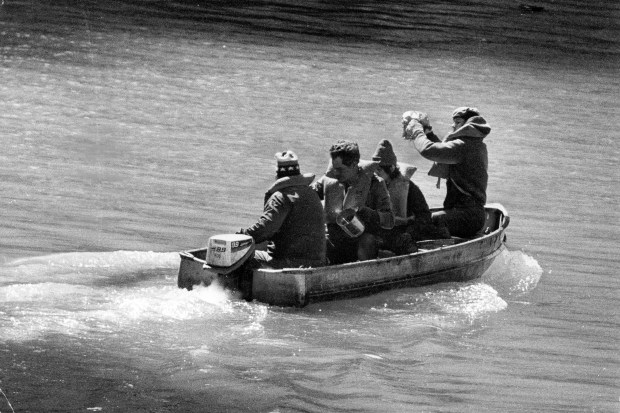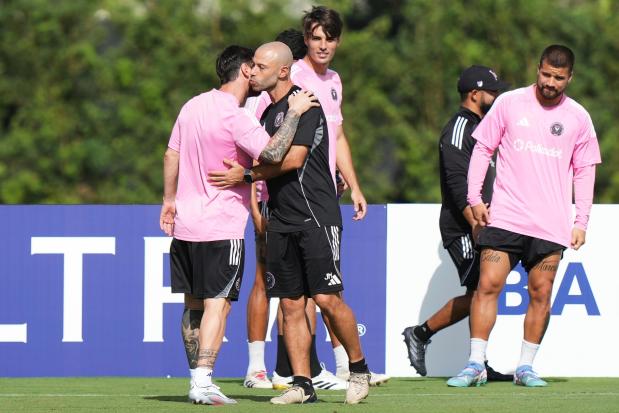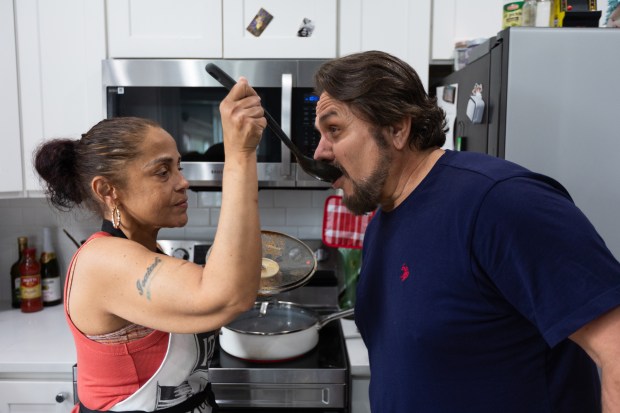St. Patrick’s Day is Sunday, which means it’s time to eat corned beef with cabbage and sip a green beer or Green River.
But here in Chicago, we have our own unique ways to mark the occasion — no Irish heritage required.
Why are these rituals such a big deal in Chicago? Let’s take a look back at how they came to be and revisit Tribune movie columnist Gene Siskel‘s take on the most iconic Chicago-based St. Patrick’s Day movie of all time — which was filmed here and included scenes from the 1993 downtown parade — “The Fugitive,” starring Harrison Ford and Tommy Lee Jones.
Dyeing the Chicago River
If you can’t dye part of Lake Michigan green — a suggestion straight from Mayor Richard J. Daley — then how about the Chicago River instead? Here’s how it began in 1962 and then became an iconic Chicago event, as told by those who led the crew.
St. Patrick’s Day 2024: Where to watch Chicago River dyeing and parades
Crowning — and caping — a queen
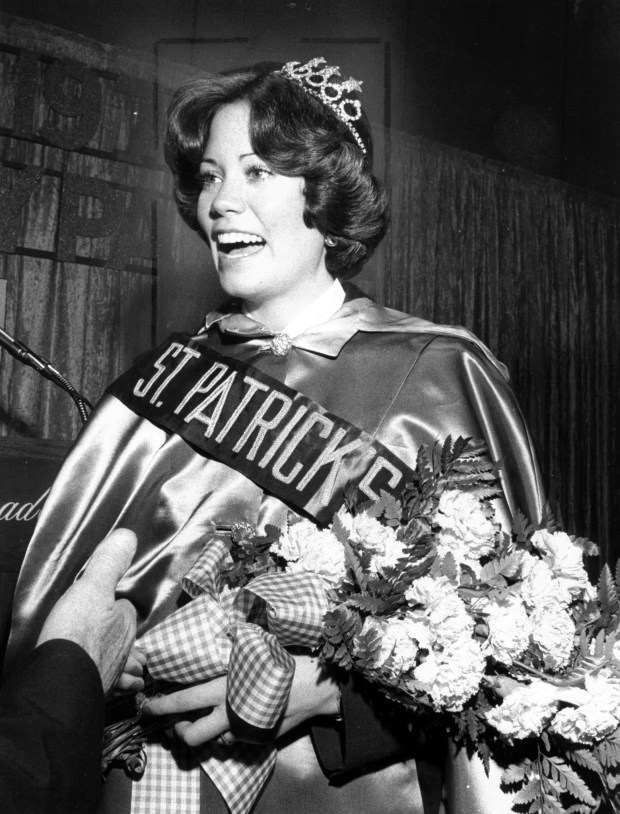
The 1978 Chicago St. Patrick’s Day queen was Kelly Kathleen Kennedy.
The Tribune has covered the competition to select the downtown St. Patrick’s Day Parade queen since the 1960s. And, as Tribune columnist Rick Kogan found out in 2011, the process has always been intense.
Each year’s winner is awarded a cape that has been made by the same family since the 1950s. Its key ingredients: 5 yards of green slipper satin, 5 yards of gold slipper satin, 3 yards of interfacing, three 1-inch rhinestone buttons.
Chicago’s craziest St. Patrick’s Day weather — and how the Tribune covered it
Jockeying for position in the St. Patrick’s Day Parade

They call it “getting a position.” And it started with Mayor Richard J. Daley. It still exists.
The “position” was out in front, with the mayor, getting to march next to that grinning political powerhouse on his favorite day — St. Patrick’s Day. This was his day, his parade and he made it the event that it eventually became: most of all, a visual who’s who and where they stand in that fast-moving, swirling stream called Chicago politics.
And to get that political visibility in that stream, especially in Chicago, you’ve got to fight for it.
Patrick Kennedy walked in the parade with his father, Sen. Edward Kennedy, in 1980. He returns Saturday as its guest of honor.
The South Side and Northwest Side parades follow Sunday.
Join the fun at suburban Chicago, Northwest Indiana St. Patrick’s Day parades
Dancing to the rhythms of Irish music
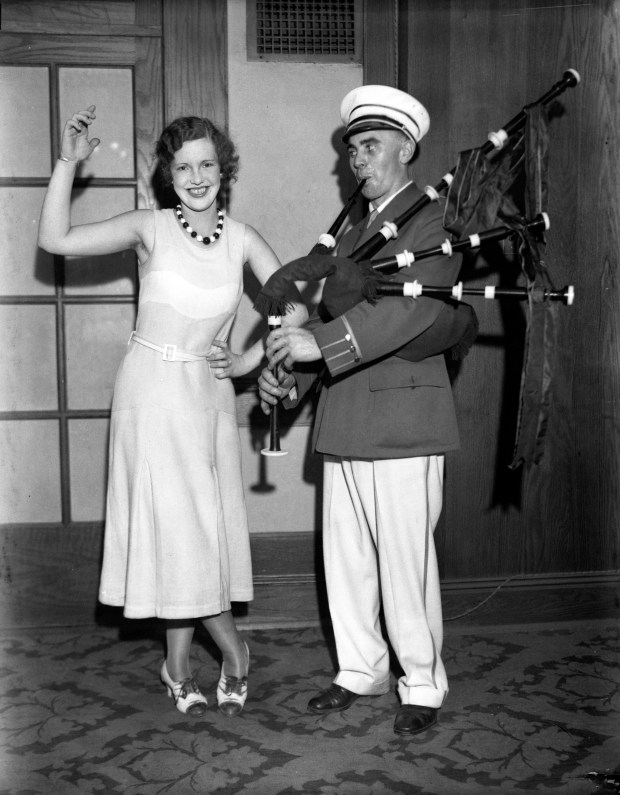
Chicago’s earliest known Irish dancer was Pat Roche; born in County Clare in 1905, he was teaching dance in Chicago by the late 1930s. His students opened many academies, among them the Dennehy School of Irish Dance, still going strong after more than 60 years.
That school begat both Howard and Michael Flatley, the first American to win a World Championship — at 17, in 1975 — and the man who created “Riverdance” as well as several “Riverdance” offshoots.
Trinity School of Irish Dance, open for more than 40 years, teaches students in Chicago, Milwaukee and Madison.
Watching ‘The Fugitive’
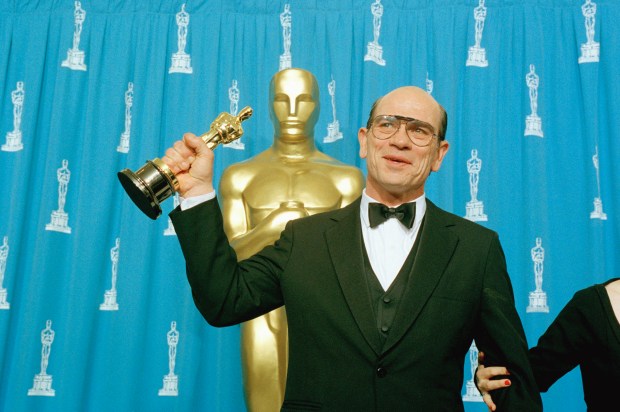
Making the movie, as various stories in recent years have revealed, the actors were dealing with an ever-revised script and their own varying degrees of pessimism regarding the probable outcome. Star Tommy Lee Jones told Tribune critic Michael Phillips in 2007: “The script was always in trouble … (on his last day of filming) I remember thinking, well, I’ll never work again. This is about it. It’s been a good go.” And then he won an Oscar for “The Fugitive.”
Here’s a look back at the 1993 thriller that not only was directed by Chicago-born Andrew Davis, but also filmed all over Chicago — from Pullman to the Loop and points west — including during the 1993 St. Patrick’s Day Parade.
Want more vintage Chicago?
- Become a Tribune subscriber: It’s just $12 for a 1-year digital subscription
- Follow us on Instagram: @vintagetribune
- And, catch me Monday mornings on WLS-AM’s “The Steve Cochran Show” for a look at “This week in Chicago history”
Thanks for reading!
Join our Chicagoland history Facebook group and follow us on Instagram for more from Chicago’s past.
Have an idea for Vintage Chicago Tribune? Share it with Ron Grossman and Marianne Mather at rgrossman@chicagotribune.com and mmather@chicagotribune.com


